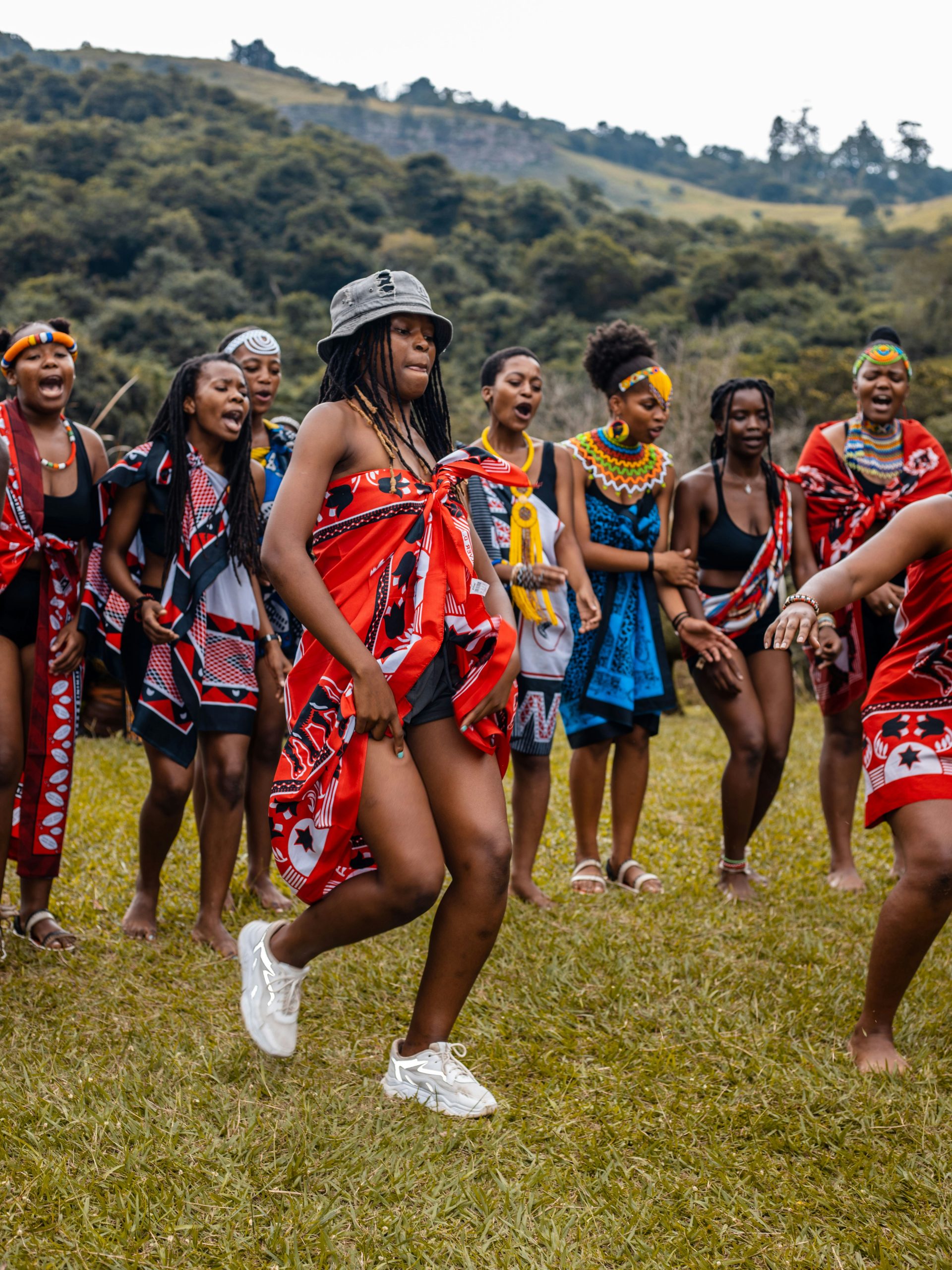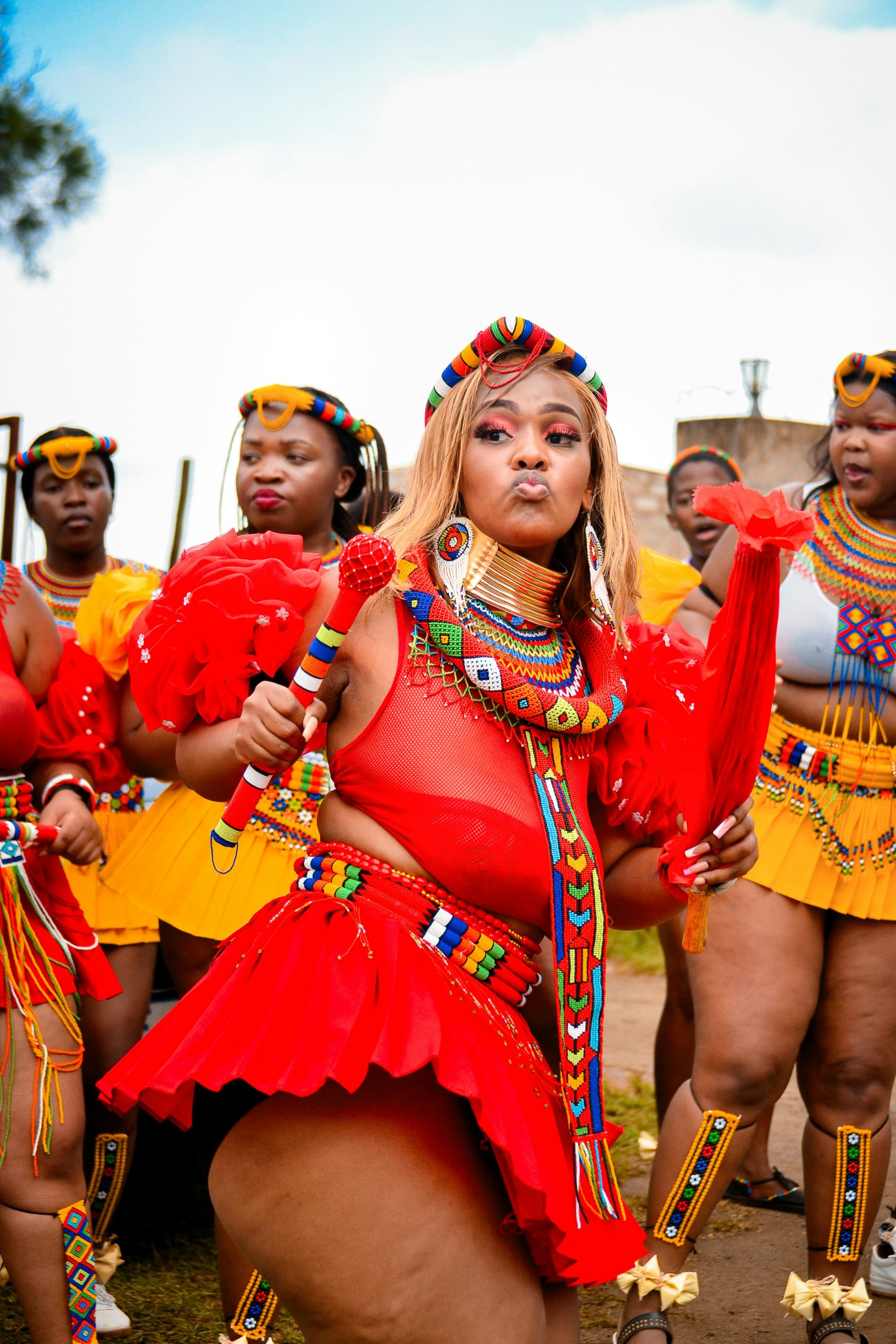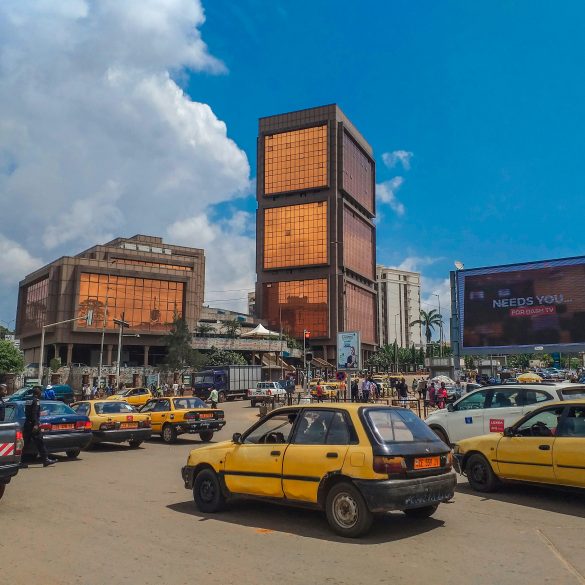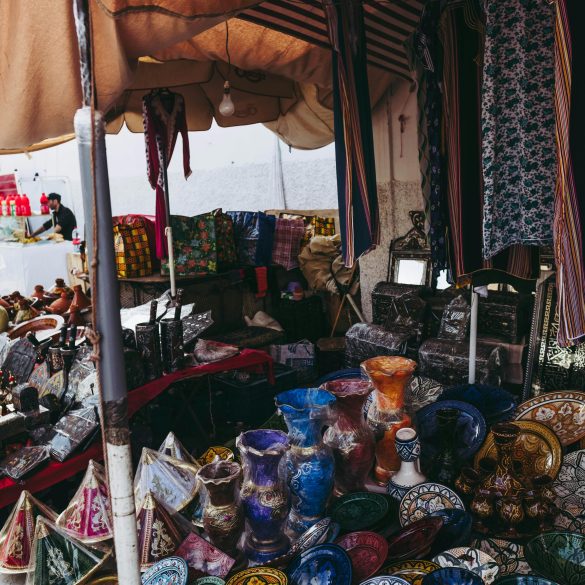Xhosa vs Zulu Culture: A Deep Dive into South Africa’s Rich Heritage
Walking through the vibrant streets of Johannesburg last year, I was struck by the incredible diversity of South African cultures proudly displayed in everything from traditional dress to the multilingual conversations flowing around me. What fascinated me most was witnessing how Xhosa and Zulu communities maintain their distinct cultural identities while contributing to the beautiful tapestry of modern South Africa.
The relationship between Xhosa and Zulu cultures represents something far more nuanced than a simple comparison—it’s about understanding two proud nations with rich histories, complex languages, and deeply meaningful traditions. Both cultures belong to the broader Nguni ethnic group, yet each has developed unique characteristics that deserve individual celebration and respect.
South Africa Cultural Snapshot
South Africa recognizes 11 official languages, with isiZulu spoken by 22.7% of the population (approximately 12 million speakers) and isiXhosa by 16.0% (about 8.2 million speakers), making them the two most widely spoken indigenous languages in the country.
Historical Foundations: Understanding Cultural Origins
The historical development of Xhosa and Zulu cultures reflects centuries of migration, settlement, and cultural evolution across Southern Africa. What strikes me most about studying these histories is how both cultures developed sophisticated political systems, rich oral traditions, and complex social structures long before European colonization.
The Xhosa people traditionally settled in the Eastern Cape region, developing what became known as the Xhosa Kingdom through a series of chiefdoms. According to historical research by the University of Cape Town1, Xhosa society organized itself around the principles of ubuntu and respect for ancestral wisdom. I’ve always found it fascinating how Xhosa culture emphasizes consensus-building and community decision-making—values that continue influencing South African democratic processes today.
Zulu cultural identity, meanwhile, crystallized powerfully during the early 19th century under leaders like Shaka Zulu. The formation of the Zulu Kingdom created what historians describe as one of Africa’s most formidable military and political organizations2. What captivates me about Zulu history is how it demonstrates the sophisticated military strategies and social innovations that emerged from indigenous African leadership.
Language Structures: The Beauty of isiXhosa and isiZulu
Having attempted to learn basic phrases in both languages during my travels, I can personally attest to the complexity and beauty of these linguistic systems. Both isiXhosa and isiZulu belong to the Nguni language family, sharing similar grammatical structures while maintaining distinct characteristics that reflect their unique cultural perspectives.
The most immediately recognizable difference lies in the click consonants. IsiXhosa incorporates three distinct click sounds—the dental click (c), the lateral click (x), and the alveolar click (q)—while isiZulu uses clicks more sparingly. When I first heard native Xhosa speakers in conversation, honestly, I was mesmerized by the rhythmic integration of these click sounds into natural speech patterns.
| Linguistic Feature | isiXhosa | isiZulu | Cultural Significance |
|---|---|---|---|
| Click Consonants | Three types (c, x, q) | Limited usage | Reflects historical linguistic contact |
| Greeting Systems | “Molo” (informal) | “Sawubona” (I see you) | Emphasizes recognition and respect |
| Praise Poetry | Izibongo tradition | Izibongo tradition | Central to identity and history |
| Storytelling | Iintsomi narratives | Izinganekwane stories | Preserves wisdom and values |
What really fascinates me about both languages is their approach to storytelling and oral tradition. Research from the University of KwaZulu-Natal3 demonstrates how both isiXhosa and isiZulu incorporate complex narrative structures that serve multiple functions: entertainment, education, and cultural preservation.
Language Learning Insight
Both languages use agglutination—adding prefixes and suffixes to root words to create meaning. This creates incredibly nuanced communication where single words can express complex concepts that might require entire sentences in English. I remember struggling with this concept initially, but now I appreciate how it reflects the languages’ sophisticated approach to expressing relationships and context.
Traditional Dress: Symbols of Identity and Pride
Traditional clothing in both Xhosa and Zulu cultures serves purposes far beyond mere aesthetics—these garments communicate social status, age groups, marital status, and cultural affiliation. Having attended both Xhosa and Zulu cultural ceremonies, I’ve witnessed firsthand how traditional dress creates powerful connections between individuals and their heritage.
Xhosa traditional dress varies significantly based on gender, age, and occasion. Women’s traditional attire often features the distinctive umbhaco dress, characterized by its geometric patterns and earthy colors. What struck me most during my observations was how these patterns aren’t merely decorative—they carry meaning related to the wearer’s clan, status, and personal journey.
- Xhosa Women’s Traditional Dress: Umbhaco dresses with intricate beadwork, often in black, white, and ochre
- Xhosa Men’s Traditional Dress: Animal skin garments with distinctive blankets and beaded accessories
- Ceremonial Additions: Elaborate headdresses and jewelry for special occasions
- Contemporary Adaptations: Modern interpretations maintaining traditional elements

Zulu traditional dress, meanwhile, emphasizes vibrant colors and distinctive silhouettes that reflect the culture’s proud warrior heritage. The contrast between everyday wear and ceremonial attire demonstrates the sophisticated approach Zulu culture takes toward visual communication. During my attendance at a Zulu cultural festival, I was amazed by the precision and symbolism evident in every element of traditional dress.
According to cultural studies from the University of Zululand4, Zulu beadwork represents one of Africa’s most sophisticated color-coding systems for communication. Different color combinations convey specific messages about emotions, relationships, and social circumstances—creating a visual language that complements verbal communication.
Ceremonies and Cultural Practices: Celebrating Life’s Passages
The ceremonial practices of both Xhosa and Zulu cultures reflect deep spiritual connections to ancestors, community, and the natural world. What continues to impress me most is how these ceremonies serve multiple functions: they mark important life transitions, strengthen community bonds, and transmit cultural knowledge to younger generations.
Initiation ceremonies hold particular significance in both cultures, though they manifest differently. Xhosa male initiation (ulwaluko) represents a complex spiritual and social transformation that I’ve learned requires deep community involvement and ancient knowledge systems. The ceremony extends far beyond the physical aspects to encompass moral education, cultural transmission, and spiritual development.
- Preparation Phase: Months of community preparation and spiritual readiness
- Ceremonial Period: Intensive cultural education and community bonding
- Reintegration: Formal recognition of new social status within community
- Ongoing Responsibility: Lifelong commitment to cultural preservation and community service
Zulu ceremonies, particularly the Reed Dance (Umhlanga) and coming-of-age celebrations, demonstrate similar commitments to cultural continuity while emphasizing community participation and ancestral connection. Research from the African Studies Centre5 highlights how these ceremonies adapt to contemporary circumstances while maintaining their essential cultural functions.
Marriage ceremonies in both cultures involve extensive family negotiations, gift exchanges, and community celebrations that can extend over several days. Having witnessed portions of both Xhosa and Zulu wedding celebrations, I’m consistently struck by how these events strengthen not just the union between individuals but the bonds between entire extended families and communities.
Cultural Sensitivity Note
It’s crucial to understand that many traditional ceremonies remain sacred and private to community members. While both cultures welcome respectful interest and learning, certain aspects of cultural practice require invitation and appropriate preparation. This respect for cultural boundaries actually strengthens intercultural understanding and relationship building.
Contemporary Cultural Expression: Tradition Meets Innovation
One of the most exciting aspects of contemporary Xhosa and Zulu cultures is witnessing how traditional values and practices adapt to modern circumstances without losing their essential character. From my observations of urban cultural expressions to rural community celebrations, I see vibrant examples of cultural innovation that honor the past while embracing the future.
Modern South African music, fashion, and literature showcase incredible creativity emerging from both cultural traditions. Artists like Thandiswa Mazwai (Xhosa heritage) and Ladysmith Black Mambazo (Zulu tradition) demonstrate how traditional musical forms can evolve while maintaining their spiritual and cultural significance. The global success of these artists has introduced millions of people worldwide to the beauty and complexity of South African indigenous cultures.
Technology and social media have also created new platforms for cultural expression and preservation. Young Xhosa and Zulu speakers use digital platforms to share traditional stories, teach language skills, and connect with diaspora communities worldwide. This digital cultural preservation impresses me because it demonstrates how traditional cultures can leverage modern tools for cultural continuity.
Educational institutions across South Africa now incorporate indigenous knowledge systems into formal curricula, ensuring that traditional wisdom complements contemporary learning. Universities like Rhodes (in the heart of Xhosa territory) and the University of KwaZulu-Natal actively research and document cultural practices while supporting community-led preservation efforts.
Celebrating Unity in Diversity: Moving Beyond Comparison
After years of studying and experiencing both cultures, I’ve come to understand that comparing Xhosa and Zulu traditions misses the more important point: both cultures contribute irreplaceable value to South Africa’s cultural landscape and to global human heritage. Rather than focusing on differences or similarities, we benefit more from celebrating the unique contributions each culture makes to our collective understanding of community, spirituality, and human connection.
The ubuntu philosophy, present in both cultures though expressed differently, offers profound wisdom for contemporary global challenges. This principle—that our humanity is interconnected with others’ humanity—provides guidance for building inclusive societies that honor cultural diversity while fostering mutual respect and cooperation.
Cultural Appreciation Action Steps
Consider learning basic phrases in either isiXhosa or isiZulu, supporting cultural artists and craftspeople, attending respectful cultural events, or reading literature by authors from these communities. Cultural appreciation requires active engagement, not passive observation.
Looking toward the future, both Xhosa and Zulu cultures face the ongoing challenge of maintaining cultural authenticity while adapting to globalized circumstances. The younger generations I’ve met demonstrate remarkable creativity in addressing this challenge, finding ways to honor their ancestors while creating new expressions of cultural identity that speak to contemporary realities.
My hope is that increased cultural understanding will lead to greater appreciation for the wisdom, beauty, and resilience that both cultures offer to South Africa and the world. These aren’t museum pieces or academic subjects—they’re living, breathing cultures that continue evolving while maintaining their essential character and values.
References



